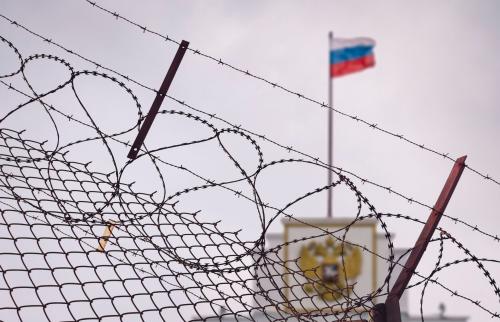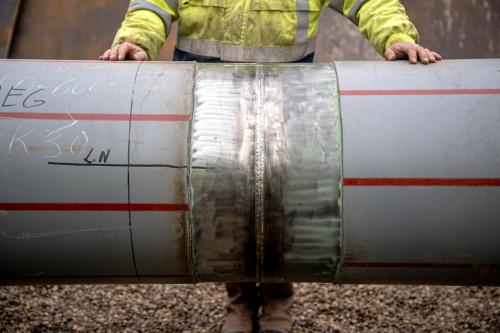President Obama’s decision to use $3.4 billion dollars of stimulus money to leverage $4.7 billion to catalyze the development of the smart grid is a welcome development in the modernization of the aging U.S. electricity grid. As we have learned from past experience, infrastructure investments of this kind create jobs and help boost the economy. Perhaps even more importantly, however, is that grid expansion is a critical component in allowing for the deployment of the nation’s vast reserves of solar, wind and geothermal power and putting the United States firmly on the path away from dependence on fossil fuels towards the green energy economy of the future.
The importance of a “smart grid” is multifaceted and involves both electricity transmission and distribution. A smart grid can facilitate greater competition among service providers, allow for increased utilization of intermittent sources of electricity such as solar and wind , provide the automation and monitoring capabilities required for bulk transmission at cross continent distances and enable market forces to facilitate energy conservation.
A smarter more technologically advanced grid system will benefit electricity providers and consumers alike. With the technology advancements of the smart grid, energy efficiency can be increased and real time pricing can be implemented each resulting in a reduced need for new costly power plants to be built. In the Southwest, for example, many coal plant projects are already being put on hold by large utilities such as Arizona Public Service and NV energy in favor of increasing energy efficiency. Consumers will benefit from a smart grid by having access to more information on the price of electricity enabling individuals to choose to use power when it is cheap and to curtail their use when prices are high. Smart grid will make it possible for service providers to charge variable electric rates reflecting the large differences in the cost of generating electricity during peak and off peak hours. The smart grid will allow load control switches to control energy consuming devices such as hot water heaters so that they consume electricity when it is cheaper to produce. Ultimately there will be a new generation of appliances each with a computer chip that will be able to be programmed automatically to run when prices are lowest even if the consumer is away from home. Similarly the smart grid will allow electric cars parked in garages or in driveways to be recharged either at night or while one is away at work (having used public transportation) during periods when electric rates are low.
While the pilot projects that the president announced today are a solid step in the right direction, many challenges remain to transform the nation’s electricity industry:
(1) The need for a national commitment by the President to build a new high voltage DC grid that will allow power to be moved efficiently over thousands of miles. (2) A workable solution to the complex regulatory obstacles towards development of this new electricity infrastructure and the smart grid . Here the challenge is not insignificant with conflicting regulated and deregulated energy markets, different regulatory jurisdictions, private versus public power at both the local and national levels and the role of regional transmission entities in the running of this new electricity infrastructure. At a recent Brookings event that examined this very issue of upgrading the electricity grid, FERC Chairman Jon Wellinghoff informed the audience that if the different competing entities could not come to an agreement, that FERC should be allowed greater jurisdiction to determine such things as siting of new power lines. (3) Integration the three major electric grids allowing power to move freely all over the country. And (4) an indication of the administration’s position on the contribution of carbon capture and sequestration (CCS) and nuclear power in the nation’s energy future.
President Obama has taken a dramatic step but it is now up to the Congress, state, local and federal officials and regulators to get on with the job. The price tag to build our new grid will not be small. Indeed FERC has put an estimated price tag of $100 billion dollars over ten years. Nonetheless there can be no long term transition towards a green economy without dramatic action of this front and the President has courageously begun the process.
The Brookings Institution is committed to quality, independence, and impact.
We are supported by a diverse array of funders. In line with our values and policies, each Brookings publication represents the sole views of its author(s).



Commentary
President Obama and the Smart Grid
October 27, 2009